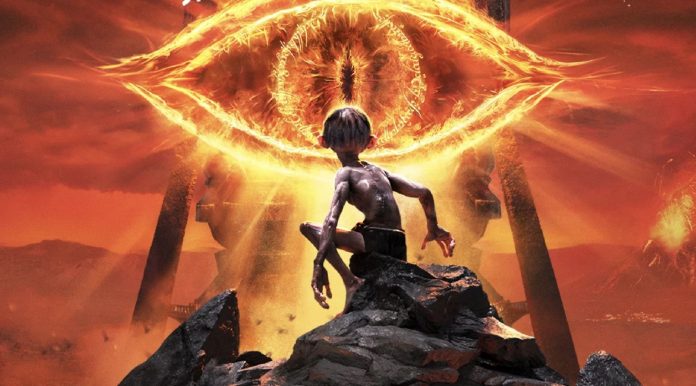J.R.R. Tolkien’s Middle-earth should be a perfect canvas for video games. It’s a world of epic struggles, breathtaking landscapes, and unassuming heroes that has inspired generations. Yet, the road to adapting this beloved world from The Lord of the Rings is littered with failures. The two most recent attempts show just how wrong things can go, but for entirely different reasons.
First came The Lord of the Rings: Gollum, a disaster of such epic proportions that it became one of the worst-reviewed games of the year and led to its developer shutting down its internal studio. Then came Tales of the Shire, a game that swapped Mordor’s gloom for the cozy greenery of Hobbiton, only to be met with a divisive shrug—a shallow, repetitive experience that disappointed critics even as some fans found charm in its relaxing vibe.
These two games, a stealth-action catastrophe and a life-sim letdown, reveal a fundamental problem: a failure to understand what players want from both Middle-earth and the specific game genres they were trying to emulate.
The Disaster of Gollum
The failure of Gollum began with its core concept. Licensed games work when they let players live out a fantasy—being a hero, wielding incredible power, saving the world.
Gollum offered an anti-fantasy. It forced players into the role of a “pitiful wretch,” a weak and universally disliked character, and trapped them in the “drab blobs of brown and gray” of Mordor’s prisons.
This baffling choice would have required flawless gameplay to work. Instead, it delivered the opposite. The platforming was loose and imprecise, feeling like a relic from the PlayStation 2 era, with frequent, frustrating deaths from missed jumps. The stealth was even worse, built around brain-dead AI that could be easily exploited, stripping away any sense of tension. The entire experience was a monotonous loop of performing “menial chores” for forgettable characters.
Plagued by game-breaking bugs, constant crashes, and muddy visuals, Gollum was a technical mess. Even its one potentially interesting idea—the internal conflict between Gollum and Sméagol—was reduced to a pointless dialogue choice system that had no real impact on the story. It was a game that wore the skin of Middle-earth but had none of its soul.
The Shire’s Mixed Welcome
After Gollum, Tales of the Shire seemed like a brilliant course correction. It aimed to tap into the booming “cozy game” market, a genre defined by relaxing, non-violent gameplay popularized by titans like Animal Crossing and Stardew Valley. The Shire, a place of peace and comfort, was the perfect setting for this kind of game.
The concept was a perfect match, but the execution fell short. Critics found the game shallow and repetitive, giving it mediocre scores. While many dedicated Tolkien fans thought Tales of the Shire taught ample lessons in leadership and enjoyed the relaxing “vibes” of simply existing in Hobbiton, the game failed to deliver the deep, rewarding gameplay loops that define the cozy genre.
The core problem was a lack of depth. Activities like gardening, fishing, and socializing were all present, but they were superficial versions of what players expect. NPC interactions felt “transactional” and hollow, a far cry from the rich relationships in Stardew Valley. The game was bogged down by endless fetch quests and suffered from significant technical issues, especially on the Nintendo Switch, with “muddy graphics” and frequent crashes that ruined the relaxing mood.
Tales of the Shire understood the aesthetics of a cozy game but missed its heart.
The Road Ahead
The failures of Gollum and Tales of the Shire highlight a crucial truth: the “typical gamer” is a myth. The modern gaming audience is a collection of diverse communities, each with its own specific expectations. A stealth-action fan wants different things from a cozy life-sim player.
Trying to adapt an epic IP like The Lord of the Rings to a niche genre creates a massive expectation mismatch. Fans come looking for a grand adventure and are given either a miserable prison break or a simple farming sim.
The path forward for Middle-earth games is twofold. Developers can either go epic, embracing the massive budget and scale the IP deserves, or they can go niche, but go deep. If you’re going to make a cozy game set in the Shire, it needs to have the mechanical depth to compete with the best in that genre. The middle ground—a bad idea executed poorly, or a good idea executed shallowly—is a perilous road that, as we’ve seen, leads only to disappointment.
